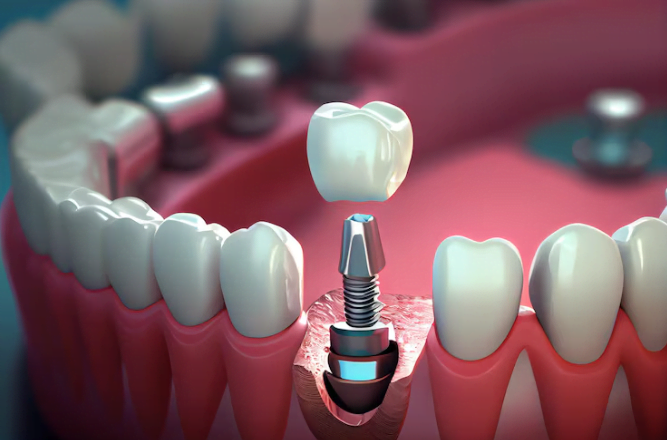Understanding Should: How Thick Should Layer of Fat in Breast Milk Be

Breast milk provides vital nutrition for infants’ healthy development. One essential component is fat, which provides energy and assists with absorbing fat soluble vitamins. But just how thick should its layer be in breast milk?
How Thick Should Layer of Fat in Breast Milk Be
- Nutritional Significance: Breast milk’s thickness in terms of its fat layer reflects its nutritional content, with sufficient levels providing essential nutrition for a baby’s development, brain formation, and overall well-being. Breast milk provides about 50% of energy needs during the first six months.
- Breast Milk Can Have Varying Composition: Breast milk composition can differ between mothers and even within one mother at different points throughout the day. Foremilk (the early milk produced during a feeding session) has lower fat content, while hindmilk produced later has greater fatty acids.
- Recommended Thickness: Although there is no specific measurement for the thickness of breast milk’s fat layer, experts generally agree that a creamy layer (known as “cream line“) signifies an adequate fat content when visible after refrigeration. This creamy layer separates fat from other components within breast milk.
- Factors Affecting Fat Content: Numerous factors can ad affect the fat content of breast milk, including the mother’s diet, hydration levels, and overall health. Mothers are encouraged to consume a balanced diet of healthy fats for optimal milk fat production.
- Breastfeeding Techniques: Utilizing effective breastfeeding techniques such as proper latching and allowing the baby to nurse until satisfied can maximize both foremilk and hindmilk intake, optimizing fat consumption.
- Monitoring Baby Growth: Tracking baby’s development is crucial to ensure they receive adequate nutrition from breast milk, and regular check-ups with healthcare providers can assess weight gain and overall health status.
Requiring Support: Breastfeeding can present unique challenges to mothers. Should any difficulties arise regarding milk supply or their child’s feeding patterns, moms should reach out for support from lactation consultants, support groups, or healthcare providers as soon as possible.
How to Get Fat Off Side of Breast Milk Bottle?
As cleanliness and hygiene are of utmost importance when feeding breast milk to your baby, sometimes you might notice an unsightly layer of fat clinging to the sides of your breast milk bottles. While not harmful, this unsightliness can affect accurate measurements; fortunately, there are simple ways to remove it effectively.
- Use Warm, Soapy Water: Begin by filling a basin or sink with warm water and mixing in some dish soap for use when submerging breast milk bottles in this soapy solution for several minutes – letting them soak will loosen fat for easier removal! The warm temperature helps loosen fat deposits to make cleaning them off easier.
- Scrub the Inside with a Bottle Brush: After soaking, use a bottle brush to thoroughly scrub the interior of the bottles using circular motions to dislodge any stubborn fat deposits from their adhered spots and any crevices or ridges where fat may have found refuge.
- Rinse With Hot Water: Once you have scrubbed your bottles, thoroughly rinse them in hot water to rid yourself of any soap residue and fat deposits left behind by cold water scrubbing. Hot water dissolves fat more effectively than its cold counterpart, allowing it to wash away efficiently from their surfaces.
- Sterilize Your Bottles: To ensure your breast milk bottles remain safe for your baby, they must be sterilized continuously. Boiling water over several minutes or using a machine specifically designed to sterilize baby bottles are effective ways of sterilizing bottles regularly.
- Consider Utilizing Bottle Inserts or Liners: If fat buildup is becoming an ongoing problem for you, bottle inserts may be beneficial in reducing residue buildup inside bottles and simplifying cleaning. They fit easily inside bottles to minimize fat residue buildup while simplifying cleanup.
- Storing Breast Milk Properly: Breast milk storage is another effective way to avoid bottle fat buildup. Refrigerate or freeze breast milk as soon as you finish pumping and consume it within its recommended timeline; vigorous shaking before feeding could cause fat globs to adhere to its sides, creating more of an opportunity for the buildup of fat deposits in your bottles.

What is the White Stuff Floating in My Breast Milk?
White substance floating in your breast milk could be milk fat or “foremilk hindmilk imbalance.” Breastmilk typically separates into layers, with fattier hindmilk often sitting at the top. This is natural and doesn’t indicate any issues with your milk supply; stir gently to mix back in any extra fat before feeding your baby. If any unusual changes to your milk occur or concerns regarding the baby’s health, it would be advisable to seek advice from healthcare providers for personalized guidance.
What does fatty breast milk look like?
Fatty breast milk often appears creamier and slightly thicker than its counterpart, often having an almost yellow or bluish tint due to its higher fat content. This is due to providing essential nutrition and calories for the development of babies through breast milk. When left to settle, these components tend to rise to the surface, giving it a richer appearance than watery foremilk. Overall, appearance may depend on factors like the mother’s diet and hydration levels, but it usually has a thicker, richer consistency.
FAQ: How Thick Should Layer of Fat in Breast Milk Be
Is it normal for breast milk to vary in fat content?
Yes, variations in fat content are normal and can occur throughout the day and between breastfeeding sessions.
How can I increase the fat content of my breast milk?
Consuming a balanced diet with sufficient healthy fats, staying hydrated, and breastfeeding frequently can help increase fat content.
Does pumping affect the fat content of breast milk?
While pumping can affect fat levels slightly, proper storage and handling practices help preserve the nutritional integrity of breast milk.
Can supplements help boost the fat content in breast milk?
Certain supplements, such as omega-3 fatty acids and lecithin, may support healthy fat production in breast milk. However, it’s essential to consult with a healthcare provider before taking any supplements while breastfeeding.
How can I ensure my baby gets enough breast milk fat?
Monitoring your baby’s growth and development, ensuring proper latch and nursing technique, and consulting with a lactation specialist can help ensure sufficient fat intake from breast milk.
Should I be concerned if my breast milk appears watery?
While foremilk may appear thinner, the creamy hindmilk provides essential fats and nutrients. Ensuring adequate breastfeeding and proper breast emptying can help the baby access hindmilk for optimal nutrition.




